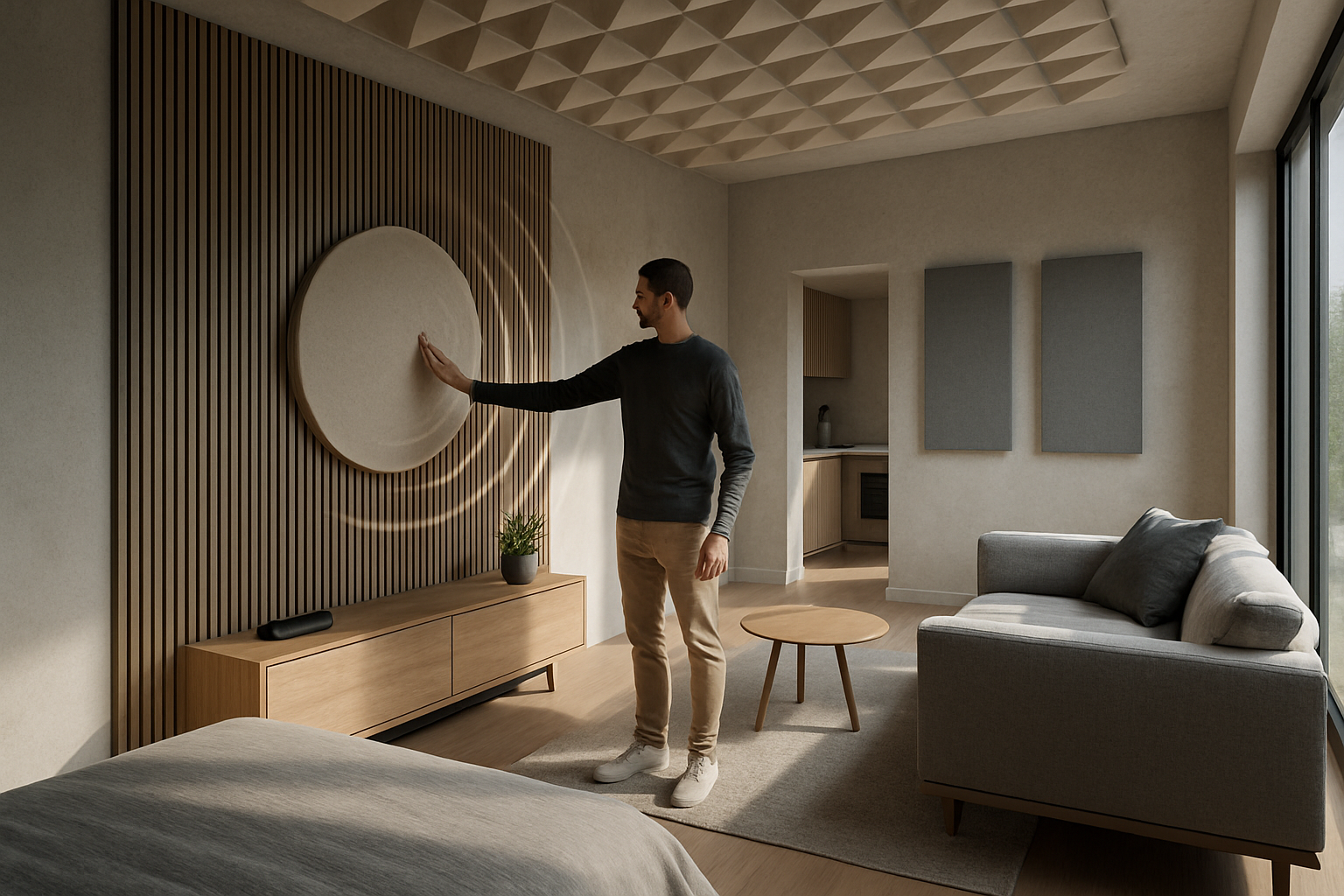The 2025 Guide to Living Room Seating Trends: Flexible Designs Replacing Traditional Sofas
A fresh wave of living room design is gaining momentum for 2025, replacing bulky sofas with more adaptable and space-smart alternatives. This practical guide explores how modular seating, floor cushions, and ottomans are reshaping interiors—especially in compact spaces—offering a modern, relaxed vibe that aligns with evolving lifestyles and new home realities.

Why are traditional sofas losing their appeal?
The once-ubiquitous traditional sofa is facing stiff competition from more versatile alternatives. As urban living spaces shrink and remote work becomes more prevalent, homeowners are seeking furniture that can adapt to various needs throughout the day. Traditional sofas, while comfortable, often dominate a room and offer limited flexibility. This rigidity is at odds with the fluid nature of modern lifestyles, where a living room might need to transform from a workspace to an entertainment area within moments.
How are modular sectionals revolutionizing living spaces?
Modular sectionals are at the forefront of the seating revolution. These versatile pieces allow homeowners to customize their seating arrangement based on their specific needs and room layout. The ability to rearrange, add, or remove sections makes modular sectionals ideal for both small apartments and larger homes. They can be configured into a traditional sofa setup for movie nights, separated for intimate conversations, or spread out to accommodate larger gatherings. This flexibility is particularly appealing in tiny home furniture solutions, where space optimization is crucial.
What role do multi-functional seating options play in modern living rooms?
Multi-functional seating is becoming increasingly popular as homeowners seek to maximize the utility of their living spaces. Ottomans with hidden storage, convertible chairs that transform into beds, and coffee tables that adjust to dining height are just a few examples of how furniture is evolving to serve multiple purposes. These pieces not only save space but also add an element of surprise and functionality to modern living room ideas. They allow rooms to adapt quickly to different activities, from casual lounging to formal dining, without the need for multiple dedicated furniture pieces.
How are floor cushions and low-profile seating changing the living room aesthetic?
Floor cushions and low-profile seating options are gaining traction, especially among younger homeowners and those embracing a more relaxed, bohemian aesthetic. These pieces create a casual, inviting atmosphere and can be easily moved or stored when not in use. They’re particularly suitable for small gatherings, meditation spaces, or creating cozy reading nooks. The low profile of these seating options can make a room feel more spacious and open, contributing to a modern, minimalist look that’s increasingly popular in contemporary interior design.
What innovative materials and designs are shaping the future of living room seating?
The future of living room seating is being shaped by innovative materials and cutting-edge designs. Eco-friendly fabrics made from recycled materials, self-cleaning textiles, and smart fabrics that can change color or pattern are on the horizon. Designers are also experimenting with unconventional shapes and structures, moving away from the traditional boxy sofa silhouette. Inflatable furniture is making a comeback, but with more sophisticated designs and durable materials. These innovations not only offer aesthetic appeal but also address practical concerns such as sustainability and ease of maintenance.
How can homeowners incorporate these trends into their existing spaces?
Integrating these new seating trends into existing living rooms doesn’t necessarily require a complete overhaul. Start by assessing your current space and identifying areas where flexible seating could be beneficial. Consider replacing a traditional sofa with a modular sectional that can be reconfigured as needed. Introduce a few floor cushions or poufs for additional casual seating. Look for multi-functional pieces that can serve dual purposes, such as a storage ottoman that can also act as a coffee table or extra seating. Remember that the key is to create a balance between comfort, functionality, and style that suits your specific lifestyle and space constraints.
As we look towards 2025, it’s clear that living room seating is evolving to meet the changing needs of modern homeowners. The shift towards flexible, multi-functional, and space-efficient designs reflects a broader trend in home design that prioritizes adaptability and personalization. By embracing these innovative seating solutions, homeowners can create living spaces that are not only stylish but also perfectly tailored to their unique lifestyles and the challenges of contemporary living.




